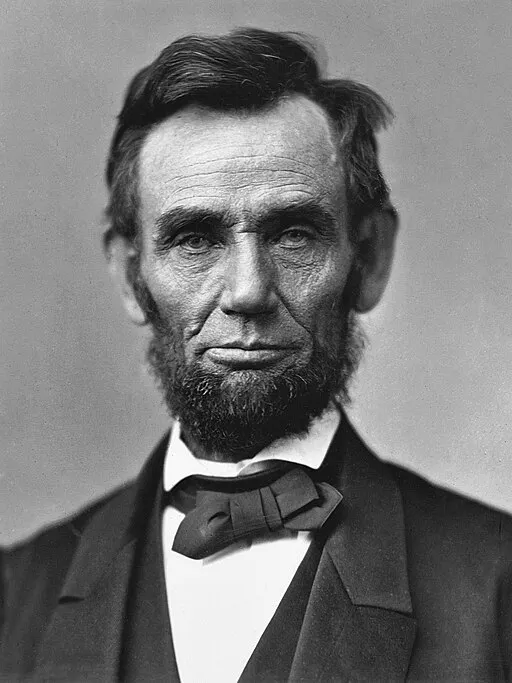8G History Week 13 Essay
Abraham Lincoln was born on February 12, 1809. He was born in backwoods Kentucky. His father was a pioneer named Thomas Lincoln. In 1816, a lawsuit challenged their land, so they moved to Indiana, where Lincoln helped with the crops, hunting, and fishing. He didn’t enjoy that type of work at all.
When Lincoln was 9, his mother died. His father remarried another woman, who became very fond of Lincoln. She taught him to read and write, which was very beneficial to him, as he had not received much schooling. He was said to walk miles just to borrow a book!
In 1830, Lincoln’s family moved to Illinois. Lincoln was 21, and drove the oxen there. Lincoln didn’t care for farming, so he tried out many jobs, including rail-splitting, boating, surveying, and others.
Lincoln decided to pursue law and politics. He started as a prairie lawyer and took small cases. He gradually took on bigger and bigger cases. After 20 years in his career, he was one of the most successful lawyers in Illinois.
Lincoln became president in 1860. He was president during the Civil War, so the nation was divided. Lincoln issued the Emancipation Proclamation, the act that ended slavery. Most people think that Lincoln was against slavery, but he really didn’t have strong opinions. He felt pressured to end it. He just wanted to preserve the Union, even if that meant slavery would still be legal.
